A year ago, Chronic Wasting Disease (CWD) showed up in several mule deer and white-tailed deer by Montana’s borders with Wyoming and Canada. Anxiety across the state was palpable. One of those locations was a mere 10 miles from my house; I admit I was seriously worried.
CWD is highly contagious among cervids: deer, elk, moose, reindeer, caribou. There’s no known cure, and it’s always fatal. The Centers for Disease Control (CDC) warns us to avoid exposure to it, as no one knows whether humans can contract it or not. Unfortunately, once CWD comes to an area, it’s impossible to get rid of it.
Montana is one of 26 states to report CWD. The disease was first detected in Colorado in the 1960s. At first it spread via captive cervids, but then it infected wild populations as well. The presence of CWD has spawned a lot of interest among conservationists and hunters, and it’s also generated plenty of misinformation and conspiracy theories. Here’s a primer on the disease and what it means for you.
What is CWD?
Most scientists believe CWD is a transmittable spongiform encephalopathy (TSE), an abnormally folded protein, also called a prion. It’s similar to what causes bovine spongiform encephalopathy (mad cow disease) in cattle and scrapie in sheep. As the disease progresses, CWD prions become more and more concentrated in the brain, spinal column and the rest of the central nervous system but are also present throughout the body of an infected animal.
The sick animal also sheds prions into the environment primarily through its saliva, urine and feces. Those prions exist for years on plants and in the soil, where other animals pick them up. For this reason, CWD spreads quickly among captive deer which are in pens.
In the wild, the disease tends to move more slowly across the landscape because wild deer congregate in smaller numbers and have localized ranges unless food shortages, predator pressure or severe weather forces them to travel.
At first, it’s difficult to find CWD in wild herds even when it’s present.
Once a cervid contracts the disease, it is undetectable to the naked eye for almost two years, until the animal is within only a few months of death.
At that point, the symptoms become obvious, including droopy ears and a malnourished appearance. As abnormal prions increase in the brain and nervous system, the animal functions less normally in every way, including how it eats, causing it to literally waste away.
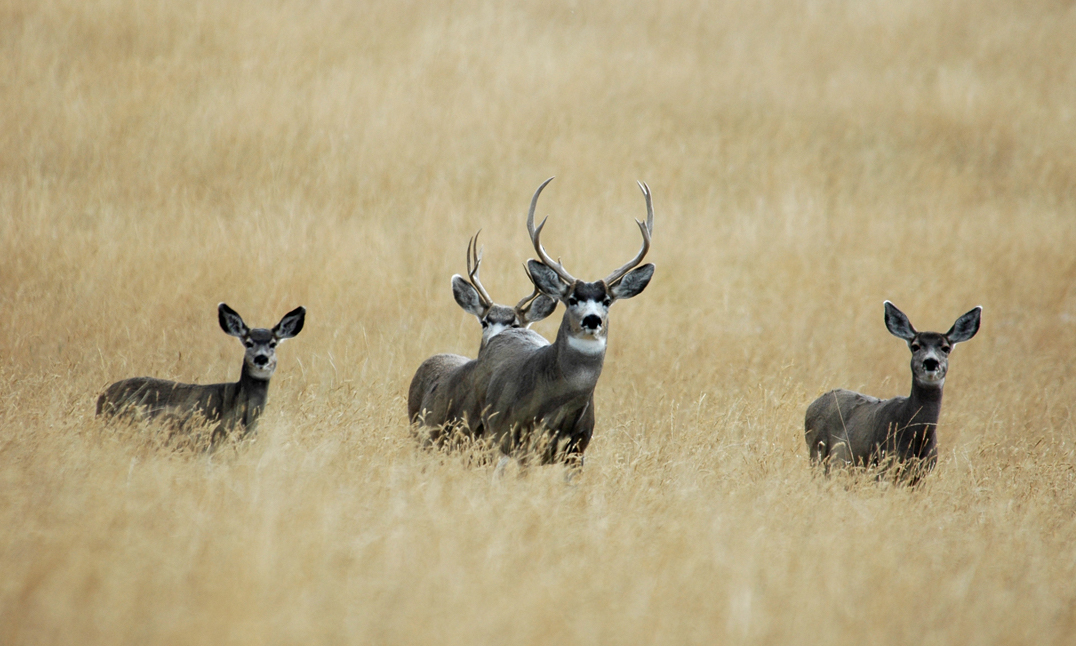
Can CWD be contained?
The short answer is no, but the spread of it can be slowed. For many years, when CWD was discovered in a domestic or wild herd, the accepted protocol was to kill all of the deer in close proximity and then quarantine the area. However, that doesn’t work with wild herds.
“Total eradication is hard to accomplish with wildlife because you might not find all of them, and you can’t determine exactly where all of the prions have been shed,” says Emily Almberg, Disease Ecologist at Montana, Fish, Wildlife & Parks. “A more practical approach is containment.”
Containment starts with determining the geographic area where CWD is present and what percent of the deer population has it. Once that’s known, the rate of spread be slowed mainly by reducing buck to doe ratios (bucks congregate more during the rut and disperse more from their place of birth), discouraging artificial aggregations of deer around agricultural and other human-based food sources, and implementing transportation restrictions of both live cervids and carcasses.
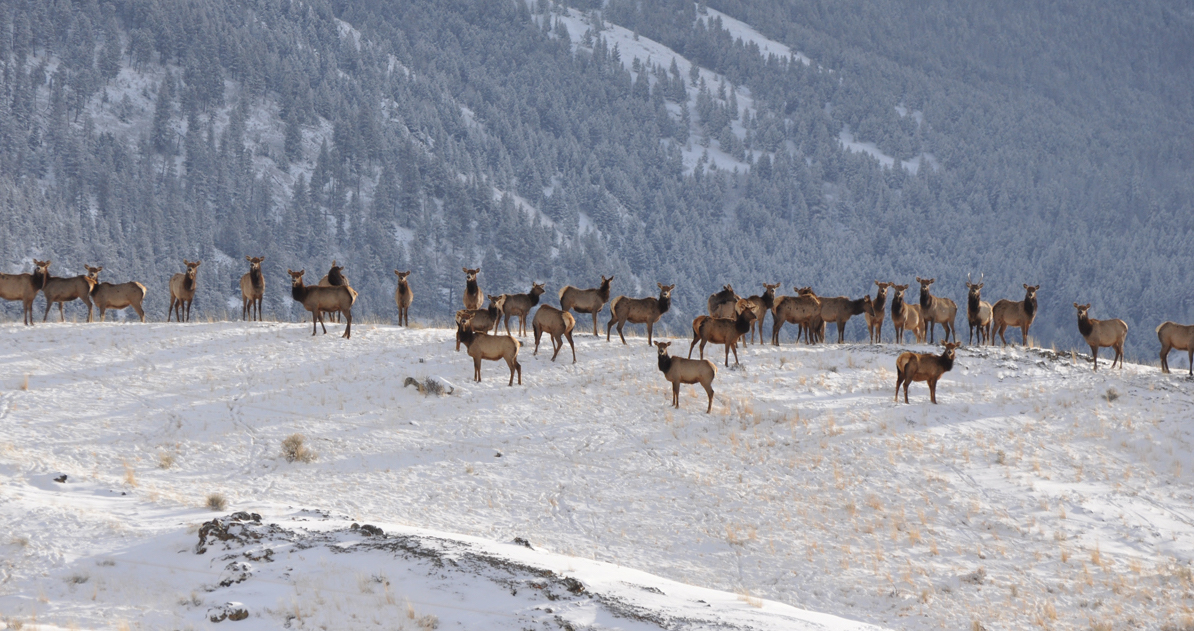
Can deer develop a natural resistance?
Interestingly, about 5 percent of the deer population has shown some resistance to CWD, but it’s not a full resistance. It just takes them five years instead of two to die, which means they are infecting greater numbers of deer.
Bryan Richards, Emerging Disease Coordinator for the USGS National Wildlife Health Center and one of the nation’s leading CWD scientists, isn’t counting on CWD-resistance to save the species. He advocates for deer herds that are at an appropriate size for their habitat as a way to control the spread of CWD and warns the public to be careful about their information sources about the disease.
“Detractors, who do not think CWD is a concern, point out that less than one percent of the deer and elk population in the U.S. have CWD, but that’s not a relevant statistic,” says Richards, “In Iowa County, Wisconsin, adult male deer in a 12 by 12-mile area have a CWD prevalence of 50 percent. Now that’s meaningful!”
Richards emphasizes that the total number of deer in a particular habitat is also an important consideration. For example, if there are 100 deer in an area and 50 percent of them have CWD, that’s 50 cases of the disease. However, if there are 1,000 deer in that same area and 50 percent of them have CWD, that’s 500 cases and each of those animals is shedding prions onto the landscape.
“We’re challenged with CWD,” confides Richards, “We can manage habitat or numbers through harvest. We’re a long way from a viable vaccine, and we don’t have the tools to mitigate the prions in the environment.”
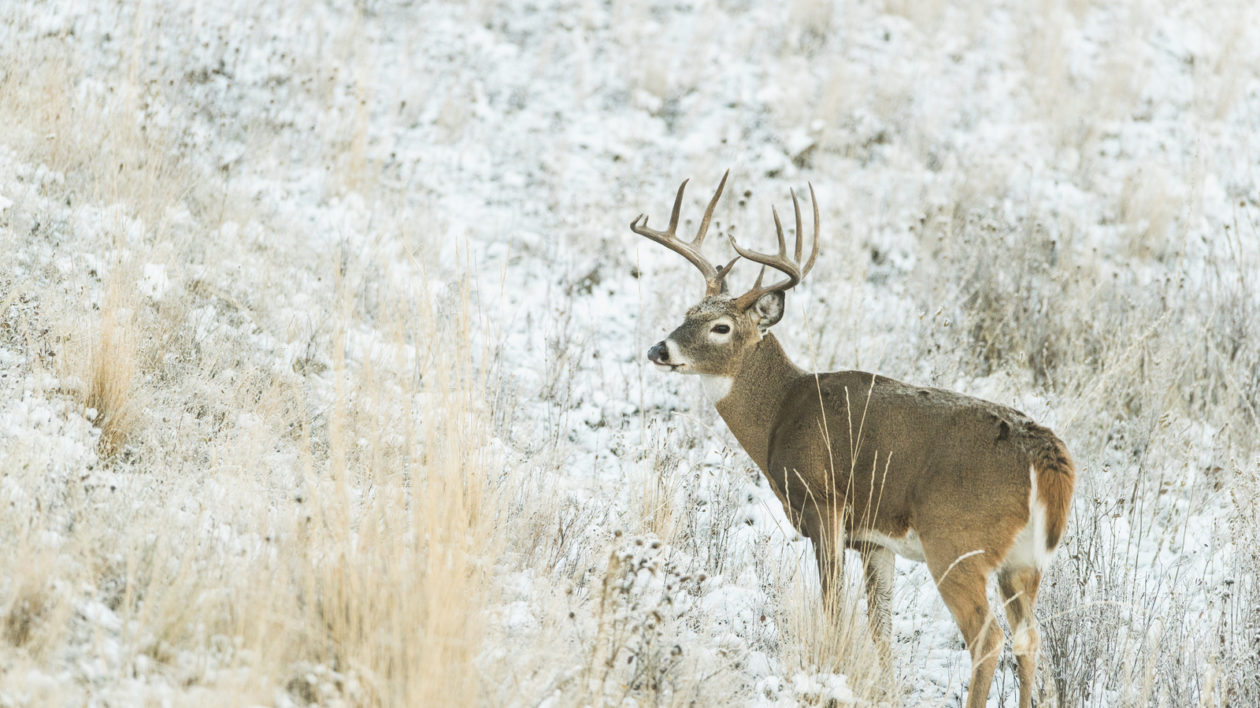
Should you eat venison infected with CWD?
The CDC and the World Health Organization both say “no”, yet there are no known cases so far in humans. However, a similar prion disease, mad cow disease, has jumped the species barrier in the form of Creutzfeldt-Jakob’s Disease, raising concerns that CWD could, too.
In a long-term study in Canada, scientists exposed macaques (monkeys) to CWD by feeding them infected venison. Two of the macaques did develop a prion disease. However, those scientists have yet to publish a peer-reviewed paper on their findings, and no one has been able to duplicate their results.
Brent Race, staff scientist at the Laboratory of Persistent Viral Diseases at the National Institute of Allergy and Infectious Diseases (NIAID), is among those who have tried. “We injected macaques with extremely high levels of CWD-infected deer and elk brains without any evidence of CWD,” says Race, who cautions that it only takes one mismatch in an amino acid sequence to create a species barrier. Macaques have nine substitutions compared to humans, so they’re not a perfect simulation.
Three days before writing this, Race forwarded the findings of his latest experiment just published in the January 2019 issue of Veterinary Research. Race and his colleagues injected large amounts of CWD prions into 108 transgenic mice, which were genetically altered to match humans. In this case, no mice contracted CWD outright, but four of them had low levels of the agent causing CWD. Were the mice infected with CWD, or were they false positives due to residual from the inoculations that their systems hadn’t dispelled yet? Race doesn’t know.
“The model itself is really aggressive,” wrote Race to me in an email after we spoke on the phone. “Intracerebral inoculation is about as direct as you can get, and the levels of prion protein [we injected] in the mice were much higher than ‘normal’ levels… Negative results from this study therefore suggest a strong [species] barrier. Positive transmission should be interpreted with caution, and we believe there may be other explanations. We are currently doing more follow up experiments to become more confident on how to interpret the four indeterminate mice.”
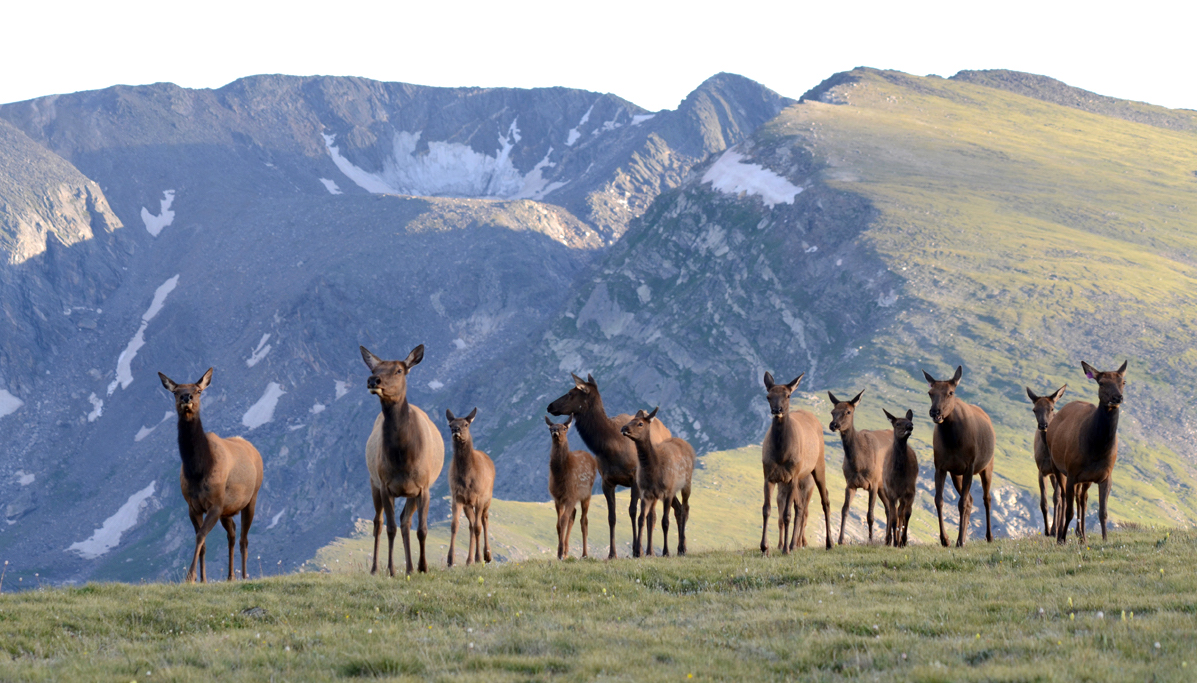
Prion versus bacteria?
Then there’s Frank Bastion’s theory that CWD is not caused by prions, but by a bacterium. Bastion, a medical doctor and biologist at Louisiana State University who specializes in TSE diseases, claims CWD is caused by a very small Spiroplasma bacterium that doesn’t have a cell wall. He believes the misfolded proteins are the result of CWD, not the cause of it. He says the lack of cell wall is the reason antibiotics, which target cell walls, don’t work.
In 2007, Bastion isolated Spiroplasma from scrapie and CWD, cultured them and then injected them into healthy sheep and deer. Bastian claims the sheep and deer developed scrapie and CWD, respectively. However, like the macaque experiment in Canada, other researchers have not been able to duplicate Bastion’s results.
“We can get robust prion infection without Spiroplasma,” says Race, who doesn’t completely discount Bastion’s theory, but he’s not hanging his professional career on it either without conclusive evidence from other sources.
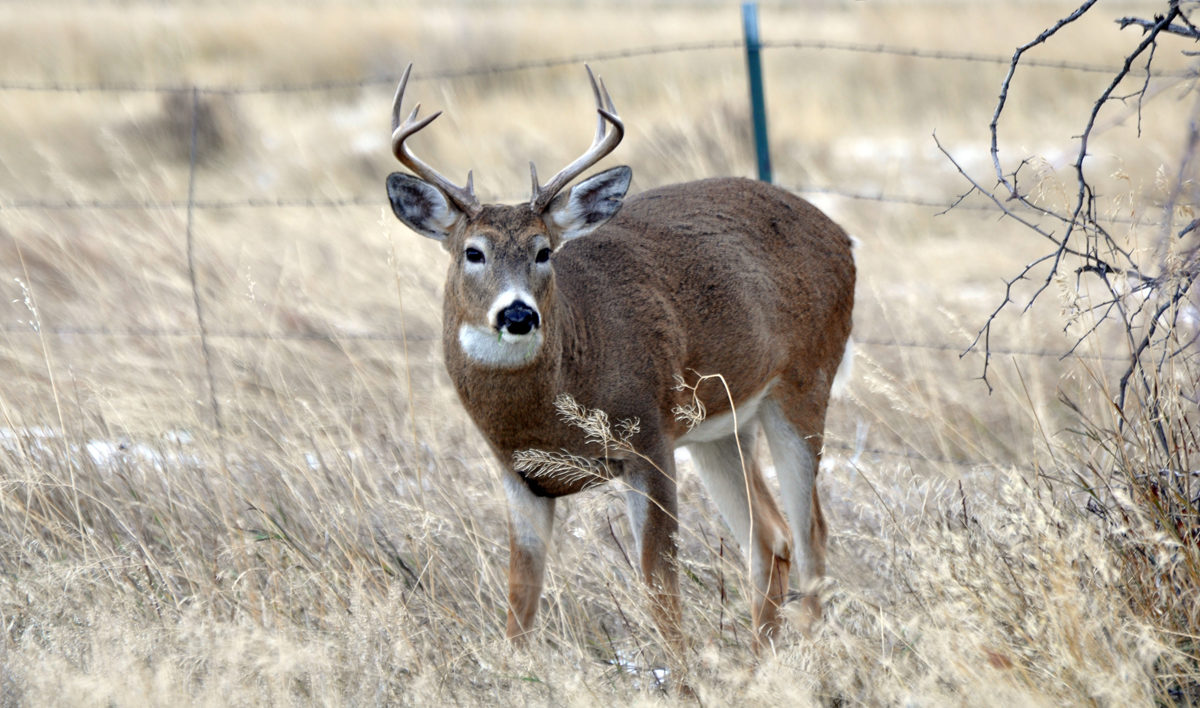
Will CWD wipe out deer and elk?
No one can project the long-term impact of the disease. Conservation agencies are in it for the long haul even though funding for surveillance and research has dwindled. Another challenge is keeping the general public engaged over time. CWD is hard for people to grasp. It’s been in the United States for five decades, and we’ve still got lots of wild deer and elk, in some places too many, so it’s easy to turn a blind eye. What’s more, people haven’t contracted it. However, in states like Colorado, where CWD has existed for several decades and where prevalences are 40% or higher, cervid populations have declined precipitously.
“CWD will continue to affect a treasured natural resource and might become a human health issue,” says Richards, “We’re not sure we can get ahead of it, but there’s also vast areas of the U.S. where no evidence of CWD exists. It’s up to us to do all we can to keep it that way.”
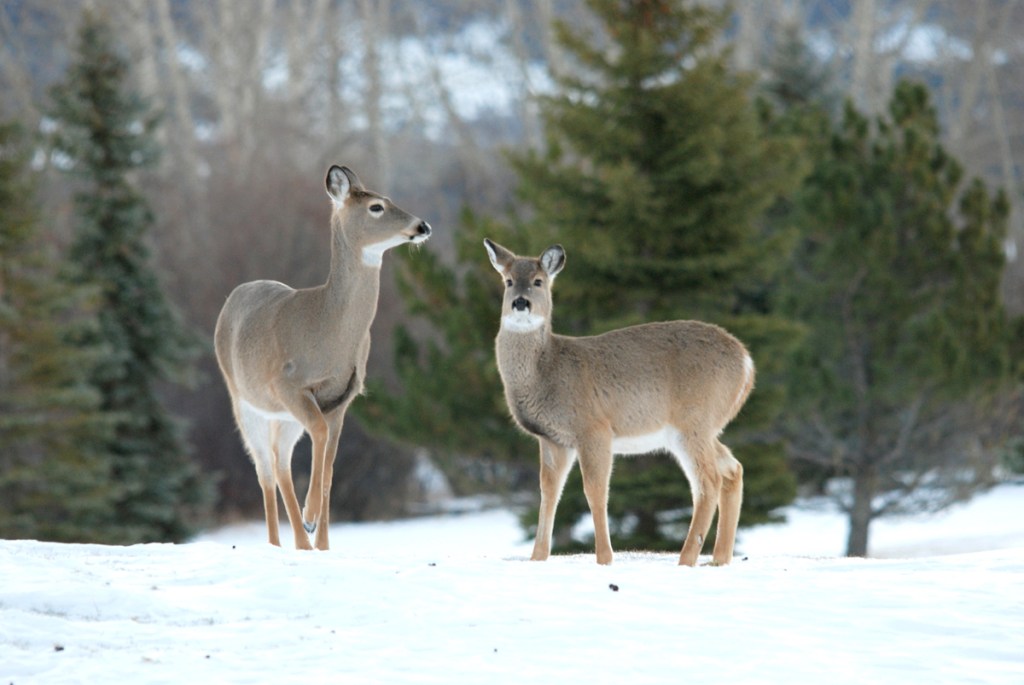



This sad nightmare is caused by human beings false beliefs that we need to kill and consume other beings (game farms). If we can thrive without killing others, (and our planet) Why wouldn’t we??
Hallelujah Kathleen.
Plant – based diets are a step in the right direction.
“Should you eat venison infected with CWD?
The CDC and the World Health Organization both say “no”…”
My question is: Are there regulations that hunted deer or even farmed deer has to be tested before it is cleared for human consumption? I am thinking of someone who lives for example in Montana, buys tags and goes hunting. How does he find out if the healthy looking deer he shoot is a carrier of CWD?
In Montana due to funding availability testing is offered for free in regions of interest mainly along the Canada and Wy boarder. Hunters can have samples taken at the game check stations. If the game is harvested outside the region of interest you may submit the sample to be tested yourself. The fwp has good information on how to sample tissues and where to send it. It only costs $18 and in my opinion well worth it. Another thing of importance to note is transport of carcasses from CWD areas is limited and for good reason hunter transport could greatly accelerate the spread to new areas.
http://fwp.mt.gov/fishAndWildlife/diseasesAndResearch/diseases/chronicWastingDisease/management.html
I heard that Horses can reduce CWD . What do you think?
It started in game farms –fenced game farms which were over crowded and spread from contact to deer outside the fence via nose to nose contact. Game farms in CO and MO. Univ. of CO duplicated the transmission years ago. No one has the political guts to ban game farms.
CWD has recently moved into PA. Ironically, the Fish and game commission still allows people to feed wild deer at feeding troughs. This attracts them for hunters and wildlife enthusiasts alike. However, when I try to explain to people (my neighbors) why troughs spreads CWD they say “it is not in this area, it’s their right to feed the deer, etc”.
So please, when writing an article about this horrible deer disease, include a “what not to do” so that people start to understand that feeding deer spreads CWD!
(And FYI, so many people in PA feed dear that our Wal-marts lobbied against a (no feeding deer rule) because they sell so many deer feeders and so much deer food that it would hurt business. A no-feeding deer rule was backed by the PA DCNR and evidence-based studies that all concluded CWD was putting PA deer populations at high risk. However, of course, Wal-mart won along with Tractor supply – so they continue to sell deer feeders and feed leading people to think it must be ok… )
This makes my brain hurt, and in the shadow the rump(T) administration, it’s the last thing I need.
But what actually CAUSES this disease/”transmittable spongiform encephalopathy (TSE), an abnormally folded protein, also called a prion”???
Yes it is caused by a misfolded protein called, prion protein. This is a normally occurring protein that everyone has. The problem occurs when a misfolded one comes into contact with your normal prion protein and causes it to misfold.
Hope it’s not the bovine we use in collagen supplements
Has study of statistics been started on the calculation of incubation, and rapidity without containment tjat this CWD will this jump to other species namely wild canine, felines, scavanger birds
crops from ground saturated infected fluids,…?
.
Ms. Buchman – It seems the folks at Case Western have postulated as much. Also, Laura Manuelidis (Section Chief, Neuropatholgy at Yale) has put forth an estimate that ~13% of Alzheimer’s is misdiagnosed CJD (a human prion disease). Not proof by any means, but it supports the idea that accurate diagnosis could be difficult.
Ms. Nistico – If CWD afflicts an adjacent herd, it is most likely in town. In fact, one of the characteristics later in the disease process is a loss of fear of humans.
Ms. Casey – Unfortunately, no one is 100% certain exactly how the disease spreads, but the theory that baiting/feeding causing artificially close groups, accelerating infection has quite a bit of support.
I believe the most productive thing people can do is to get involved. Ask questions of the people tasked with oversight…Game and Fish…DNR…State Vet Labs. Let them know you’re concerned. It’s sad, but there are more perverse profit incentives involved than there is good information.
DO you believe that humans regularly feeding deer– pure alfalfa hay and peanut butter and white bread– drawing in 20-50 deer onto a less than 1,000 square foot area contributes to the problem. Also, I hit or nearly hit deer with my car on my subdivision road on a frequent basis, especially during rut. Now, the deer are fearless and go after dogs, etc.
What laws can be enacted in counties, not just cities, to stop deer feeding. It is dangerous to humans! and deer.
Yes. I believe feeding deer so that they gather in a small area in large numbers contributes to the spread of CWD.
Has CWD been detected in suburban deer? Is there a higher prevalence at our urban interface? I wonder about deer being fed corn etc by homeowners and deer feeding on alfalfa with the cows. Do elk and deer maintain tighter groups in our urban settings which would contribute to the spread?
Any time cervids congregate in greater numbers than they would in a truly wild setting, e.g., urban deer, if deer that are fed by people, or even around spilled silage in an agricultural setting, CWD will spread more quickly if it is present. One of the few tools we have to control the rate of spread of CWD is to limit these unnatural congregations.
Just a thought when you mention cervids mixing with deer on grazing land; would it be possible for CWD
to be passed on to cattle much like BSE? Is anyone looking into this?
It might be possible that no human has been accurately diagnosed with this disease because no one is suspecting it and the diagnosis is made for some other cause such as dementia or another neurodegenerative disease.
That is my fear as well. I’m sincerely hopeful that the species barrier is strong enough to prevent CWD from affecting humans but worried about it, too.
This is great information. It’s the first source I’ve come across to mention the conflicting Czub and NIH macaque data. I will say that I think the real problem with prions is grossly understated. I don’t believe, at present there is much definitive research on how long they last in the environment but if we combine what it takes to destroy them accutely with what we know from their heartiness in animal pens (in sheep and deer), its pretty alarming. Persisting in the environment for years is a problem. Persisting in the environment indefinitely paints a whole different picture involving exponential curves of environmental saturation (Human habitats too). They appear to be dead proteins that nevertheless “know” how to build a permanent helmet. It doesn’t paint a hopeful picture for cervids in the long haul. Here’s hoping that Race’s research holds true for humans.
Great photos Lisa, I especially like the second one of cow elk, tremendous mountain in background.